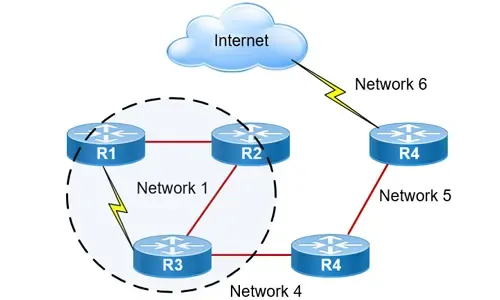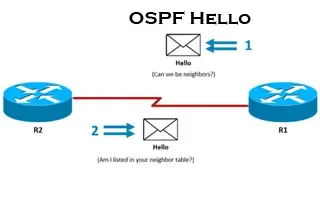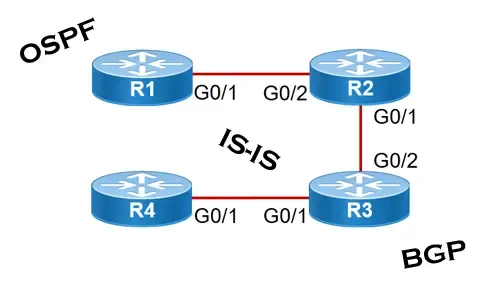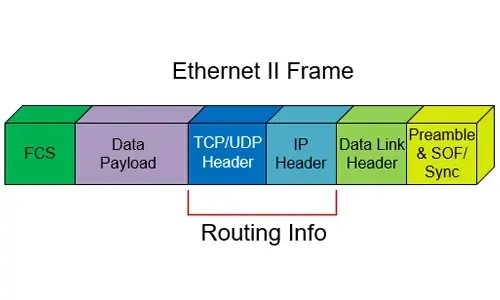Interior Gateway Protocol - IGRP
IGRP (Interior Gateway Routing Protocol) is a Cisco proprietary distance-vector routing protocol used in enterprise networks to exchange routing information between routers. IGRP is a predecessor to the more advanced Enhanced Interior Gateway Routing Protocol (EIGRP) but is still used in some legacy networks. IGRP is a classful protocol, which means it does not support variable-length subnet masks (VLSMs) and is limited to classful addressing. In this article, we will explore IGRP in more detail, covering its hop counts, IGRP timers, limitations, advantages, and disadvantages.
Article Key Topics:
IGRP Hop Count
IGRP uses a maximum hop count of 100 by default, meaning that any destination beyond 100 hops is considered unreachable. IGRP allows network administrators to set a maximum hop count (255) for each network, which can be customized based on the network topology. A higher hop count limit allows packets to reach more remote networks but increases the time required to route the packets.
IGRP Timers
IGRP uses several timers to control its operation and prevent routing loops. The main IGRP timers are the update timer, hold-down timer, flush timer, and invalid timer.
Update Timer: The update timer controls how often IGRP routers send routing updates to their neighboring routers. By default, the update timer is set to 90 seconds.
Hold-Down Timer: The hold-down timer prevents routers from accepting routing information about a network that is not available. This timer is activated when a router detects that a network is down, preventing other routers from advertising the same network for a set period.
Flush Timer: The flush timer removes a route from the routing table when it has not been updated for a certain period, preventing outdated information from being used.
Invalid Timer: The invalid timer is used to determine when a route should be marked as invalid. If a router has not received an update about a particular route after the invalid timer expires, the route is marked as invalid and removed from the routing table.
IGRP Limitations
One of the main limitations of IGRP is its classful addressing scheme, which does not support VLSMs. This means that network administrators must use subnets of the same size across the entire network, limiting the network's scalability. Additionally, IGRP has a limited hop count of 100, which can prevent packets from reaching remote networks. IGRP is also susceptible to routing loops, where packets are sent in a loop between routers, leading to congestion and delays. Finally, IGRP is a proprietary protocol that is only compatible with Cisco routers, limiting interoperability with routers from other vendors.
IGRP Advantages and Disadvantages
One of the main advantages of IGRP is its ease of use and configuration. IGRP is relatively easy to set up and configure, making it a good choice for small to medium-sized networks. Additionally, IGRP has lower bandwidth usage compared to other routing protocols, making it ideal for networks with limited bandwidth. IGRP also supports unequal-cost load balancing, which allows routers to use multiple paths to reach a destination, improving network efficiency.
However, IGRP also has several disadvantages. One of the main disadvantages of IGRP is its limited scalability, due to its classful addressing scheme and maximum hop count of 100. This makes it unsuitable for large networks that require VLSMs and the ability to reach remote networks. Additionally, IGRP is prone to routing loops and convergence issues, which can lead to network congestion and delays. Finally, IGRP is a proprietary protocol, meaning that it is not an open standard and is only compatible with Cisco routers, limiting interoperability with other vendors' routers.
Summary
In this article we talked about IGRP, explained a Cisco proprietary distance-vector routing protocol used in enterprise networks to exchange routing information between routers. We talked about it being a classful protocol, analyzed its four different timers (update timer, hold-down timer, flush timer, and invalid timer), hop counts and more. Finally, we talked about the advantages and disadvantages of the IGRP protocol.
Wi-Fi Key Generator
Follow Firewall.cx
Cisco Password Crack
Decrypt Cisco Type-7 Passwords on the fly!



















